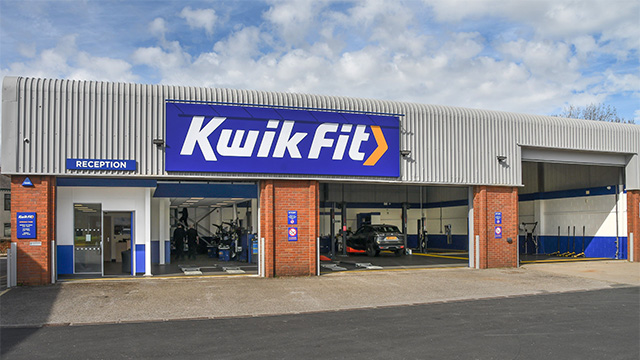The chancellor has outlined plans to slash taxes and planning regulations in up to 40 ‘investment zones’ across England.
Speaking to the House of Commons this morning, Kwasi Kwarteng said: “If we really want to level up… we have to unleash the power of the private sector.”
Speaking as part of his tax-cutting mini-Budget, Kwarteng said: “To support growth right across the country… we will liberalise planning rules in specified agreed sites, releasing land and accelerating developments. And we will cut taxes.”
Vitally for the industry, he confirmed: “On purchases of land and buildings for commercial or new residential developments, there will be no stamp duty to pay whatsoever [within the zones]. On newly occupied business premises, there will be no business rates to pay whatsoever.
“For businesses in designated tax sites for ten years, there will be accelerated tax reliefs for structures of buildings and 100% tax relief on qualifying investments in plants and machinery,” he added.
Taxes on wages will also be cut in the zones. “And if a business hires a new employee in the tax site, then on the first £50,000 they earn, the employer will pay no national insurance whatsoever. That is an unprecedented set of tax incentives for business, to invest, to build and to create jobs right across the country.”
The detail of exactly where these zones will be is uncertain. However, Kwarteng did say: “I can confirm to the House that we are in early discussions with nearly 40 places like Tees Valley, the West Midlands, Norfolk and the West of England to establish investment zones.”
It is understood that height restrictions will be among the planning laws relaxed in the new investment zones, while affordable housing will be set at a fixed percentage, removing the need for complex negotiations.
It is also thought that environmental regulations, including rules protecting natural habitats, will also be relaxed or suspended to allow greater development.
The supporting documents for the Growth Plan contained two lists, included below. The first was simply a list of 24 examples of the sorts of places that might be suitable as investment zones.
The second list shows the 38 local authorities currently in talks with the government about potential setting one up.
From the supporting documents of the Growth Plan 2022
A.1 Investment zones will only be chosen following a rapid expression of interest process open to everyone and after local consent is confirmed. Examples of illustrative sites that may have the potential to accelerate growth and deliver housing in the way the investment zone programme envisages include:
- Blackpool Airport
- Blackpool Town Centre
- Langarth Garden Village, Cornwall
- Newquay Airport, Cornwall
- Falmouth Docks, Cornwall
- Ellesmere Port Industrial Area, Cheshire West & Chester
- HS2 Interchange, Solihull
- the site of a proposed battery Gigafactory at Coventry Airport
- sites in the Black Country
- sites in Barrow-in-Furness
- Workington and the Energy Coast, Cumbria
- sites near Weymouth, Dorset
- the proposed Mayoral Development Corporation site in Hartlepool
- the proposed Mayoral Development Corporation site in Middlesbrough
- Teesside International Airport
- Ebbsfleet Central
- the River Hull corridor
- Charnwood Campus in Leicestershire
- Plymouth City Centre and Waterfront
- Ceramic Valley in Stoke-on-Trent
- Gravity, Somerset
- Riverside, Sunderland
- the Northern Spire, Sunderland
- the International Advanced Manufacturing Park, Sunderland
A.2 The government is in early discussions with the following 38 authorities on establishing an investment zone in their area:
- Blackpool Council
- Bedford Borough Council
- Central Bedfordshire Council
- Cheshire West and Chester Council
- Cornwall Council
- Cumbria County Council
- Derbyshire County Council
- Dorset Council
- East Riding of Yorkshire Council
- Essex County Council
- Greater London Authority
- Gloucestershire County Council
- Greater Manchester Combined Authority
- Hull City Council
- Kent County Council
- Lancashire County Council
- Leicestershire County Council
- Liverpool City Region
- North East Lincolnshire Council
- North Lincolnshire Council
- Norfolk County Council
- North of Tyne Combined Authority
- North Yorkshire County Council
- Nottinghamshire County Council
- Plymouth City Council
- Somerset County Council
- Southampton City Council
- Southend-on-Sea City Council
- Staffordshire County Council
- Stoke-on-Trent City Council
- Suffolk County Council
- Sunderland City Council
- South Yorkshire Combined Authority
- Tees Valley Combined Authority
- Warwickshire County Council
- West of England Combined Authority
- West Midlands Combined Authority
- West Yorkshire Combined Authority
View the full documents here >>
To send feedback, e-mail piers.wehner@eg.co.uk or tweet @PiersWehner or @EGPropertyNews











